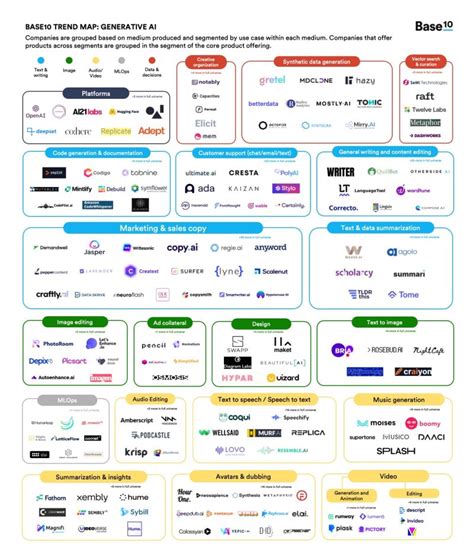How AI Tools Can Help Traders Understand Market Sentiment
The world of finance is constantly evolving, and trading in the markets requires a deep understanding of market sentiment. With the increasing complexity of global economic conditions, interest rates, and financial regulations, it’s more challenging for individual traders to navigate the market accurately. Artificial Intelligence (AI) tools are revolutionizing the way traders approach their work by providing them with real-time data analysis and insights into market sentiment.
What is Market Sentiment?
Market sentiment refers to the emotional tone of the market, which can be influenced by various factors such as economic news, events, and trends. It’s a crucial aspect of trading, as it determines how traders price securities, make investment decisions, and adjust their strategies accordingly. When traders have a clear understanding of market sentiment, they can make more informed choices and avoid potential pitfalls.
How AI Tools Help Traders Understand Market Sentiment

AI tools are designed to analyze vast amounts of market data in real-time, providing traders with valuable insights into market sentiment. Here are some ways AI tools help traders:
- Sentiment Analysis: AI algorithms can analyze text data from social media, news outlets, and financial publications to gauge public opinion on various assets, sectors, or economic indicators.
- Market Trends Identification: AI-powered systems can identify patterns in market trends, such as changes in price movements, trading volumes, and volume correlations, which can help traders anticipate future events.
- Sentiment Predictions: By analyzing historical data and sentiment analysis, AI tools can predict market movements, helping traders to make more informed investment decisions.
- Risk Management: AI-powered risk management systems can analyze market trends and identify potential risks, such as market volatility or economic downturns, allowing traders to adjust their positions accordingly.
Types of AI Tools for Trading
There are several types of AI tools available for trading, including:
- Machine Learning (ML) Algorithms: These algorithms use statistical models and machine learning techniques to analyze market data and identify patterns.
- Natural Language Processing (NLP): NLP-powered systems can extract insights from text data, such as news articles, social media posts, and financial reports.
- Predictive Analytics: This type of AI tool uses historical data and statistical models to predict future market trends and sentiment.
- Sentiment Analysis Software: These software tools use machine learning algorithms to analyze public opinion on various assets and provide insights into market sentiment.
Benefits for Traders
Using AI tools can have numerous benefits for traders, including:
- Improved Market Insights: By analyzing vast amounts of data in real-time, AI tools help traders gain a deeper understanding of market trends and sentiment.
- Increased Efficiency: AI-powered systems automate many trading tasks, allowing traders to focus on higher-level decision-making.
- Enhanced Risk Management: AI-driven risk management systems can detect potential risks and alert traders to adjust their positions accordingly.
- Better Decision-Making: With access to real-time market data and sentiment insights, traders can make more informed investment decisions.
Challenges and Limitations
While AI tools are revolutionizing the world of finance, there are still challenges and limitations to consider:
- Data Quality Issues: The quality of market data can be a significant challenge for AI systems, which must rely on accurate and reliable sources.
2.

